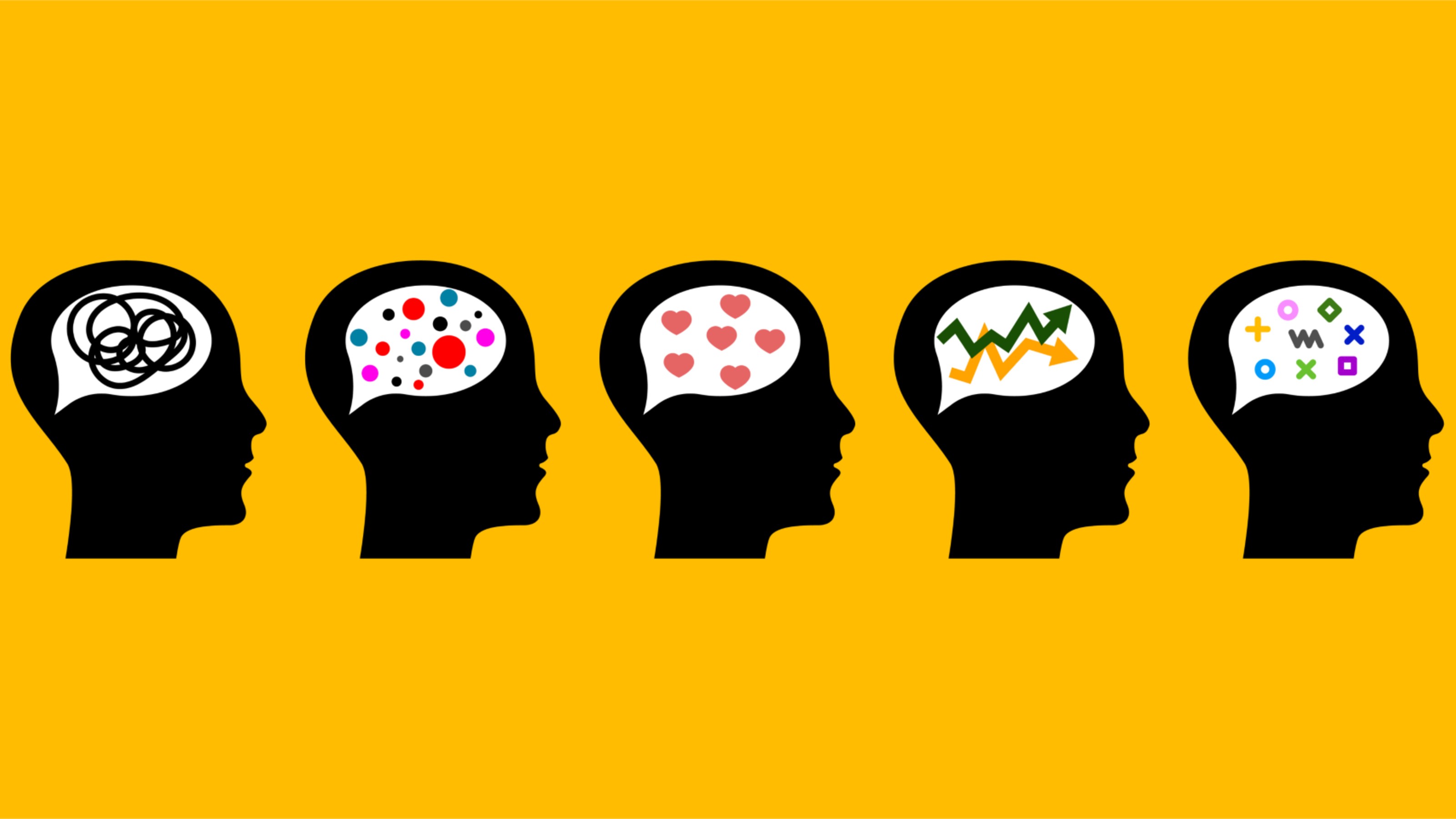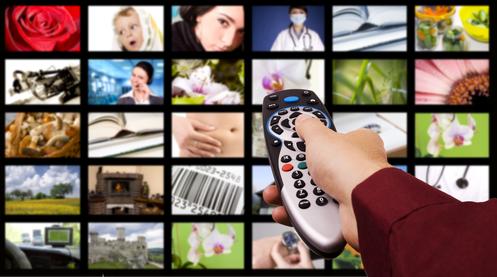Re-Adjusting My Sexy Goggles

Female Olympians are rightly angry that their bodies have been criticized in petty ways. The Brazilian soccer team was called “a bit chubby,” and weightlifters have been called “fat” and criticized for looking like “blokes.” Twitter twitted over gold medal gymnast Gabby Douglas’…ponytail. “What’s wrong with my hair?” Gabby responded with great panache. “I just made history, and people are focused on my hair?” How much do we love Gabby!
There’s something especially cynical and depressing when events that should subvert gender stereotypes get used to reinforce them instead.
An Olympics where women have succeeded wildly, and won the large majority of U.S. gold medals, becomes, at the same time, the Olympics of Sexism.
Dysmorphia is the condition of having a distorted view of your body, and a magnified sense of its flaws. It seems like it’s becoming a cultural affliction. Not only to do individual women occasionally have individually warped views of their bodies, our culture does, writ large.
SPARK is a dynamic, girl-directed organization to combat sexism and girls’ sexualization in the media. SPARK member Emma Stydahar recalls flipping through teen magazines and saying, “Oh, I wish I had her body. I wish I had her legs. I wish I had her hair.”
Her morose but galvanizing exercise in comparative sexiness inadequacy isn’t unusual. A study finds that 75% percent of girls feel “worse” after thumbing through Teen Vogue. Half of teen girls report that they would “change how they look” if they could.
Better and easier to change our idea of “sexy,” of course, than how our bodies are put together, and look.
“Beer goggles” is the hopefully obsolete phrase to describe the distorted assessments of another person’s desirability that we make when we’re drunk. I think popular culture has foisted Sexy Goggles on us. These sexy goggles are just as distorting, and damaging to girls and women. Through the sexy goggles that mainstream media hands out before their show, we come to have a warped, narrow, limited view of what’s sexy.
Girls as young as six now want to be “sexy,” a Sex Roles study concludes. Researchers showed girls between the ages of six and nine pictures of two dolls, one dressed in stylish but looser clothing, the other dressed in tight, revealing clothes. Sixty-eight percent said they’d prefer to be the “sexy” doll, and about the same number thought that she’d be the “more popular of the two.”
But what is sexy? It’s got to be more flexible and subject to imagination than the state of wearing tight and revealing clothes to look aggressively provocative.
An embarrassing, self-incriminating confession: When we were first watching the Olympics, I was privately thinking that I wouldn’t have found some of the female athletes sexy.
I was in awe of their physical stature, athleticism, and strength. I just wasn’t seeing them as conventionally sexy—where conventionally means, the images of women’s bodies that have worn my imagination and eyes down for decades in the most visible popular media.
Here’s the good news: Perceptions can change. Quickly. After watching for just a few days, and no more than a week, I began to see these athletes as not only powerful, built, and in good shape, but also as sexy.
“Sexy” is a flimsy, recent newcomer to our culture in comparison to its cognate, beauty. My OED lists as the first example of sexy a 1925 French review of James Joyce’s unsettlingly “sexy” novel. The term was sufficiently odd that it required scare quotes, and referred to his novel’s seeming preoccupation with matters of sex, rather than with a physical look, or style.
Being an especially fluid, modern construct, ideas of sexy are driven and changed by the images available to us. It’s the same process with lovers. We find them “sexy” because of all the small details and charms that they have, and that we come to associate with pleasure and visual gratification. Maybe others don’t “get” it, they don’t understand how sexy the lover is, but we do, because we look at and observe them so meticulously, in a context of pleasure.
In the media, the more we see a variety of bodies and forms, the more our sexy muscle is flexed, and trained to seek out diverse objects and to find appeal and lure in many different features.
And that process of re-focusing and fine-tuning the sexy goggles isn’t necessarily a long one. Spend several hours a day watching different kinds of bodies and physiques, and ideas of sexy adjust right along.
Maybe we all have more deeply-lodged, personal criteria for what we consider aesthetically beautiful. But sexy is different. Sexy is Pavlovian. Sexy is a mental and visual habit created in culture. It’s habituation, and a habit of seeing.
Sexy can get re-adjusted and tweaked, simply based on what we have available to look at. If you see people trying to be sexy by wearing “revealing” clothes—a cultural semiotic that even six-year old girls have absorbed, then that becomes what sexy means. If you see other bodies, and styles, then maybe they pick up the sexy mo jo, too. It’s probably that simple.
That’s why the work of SPARK and other girl-directed organizations to combat sexist media images is so compelling, and important. What we see does matter, and instructs our eyes and erotic imaginations.
Sexy is as sexy sees.





